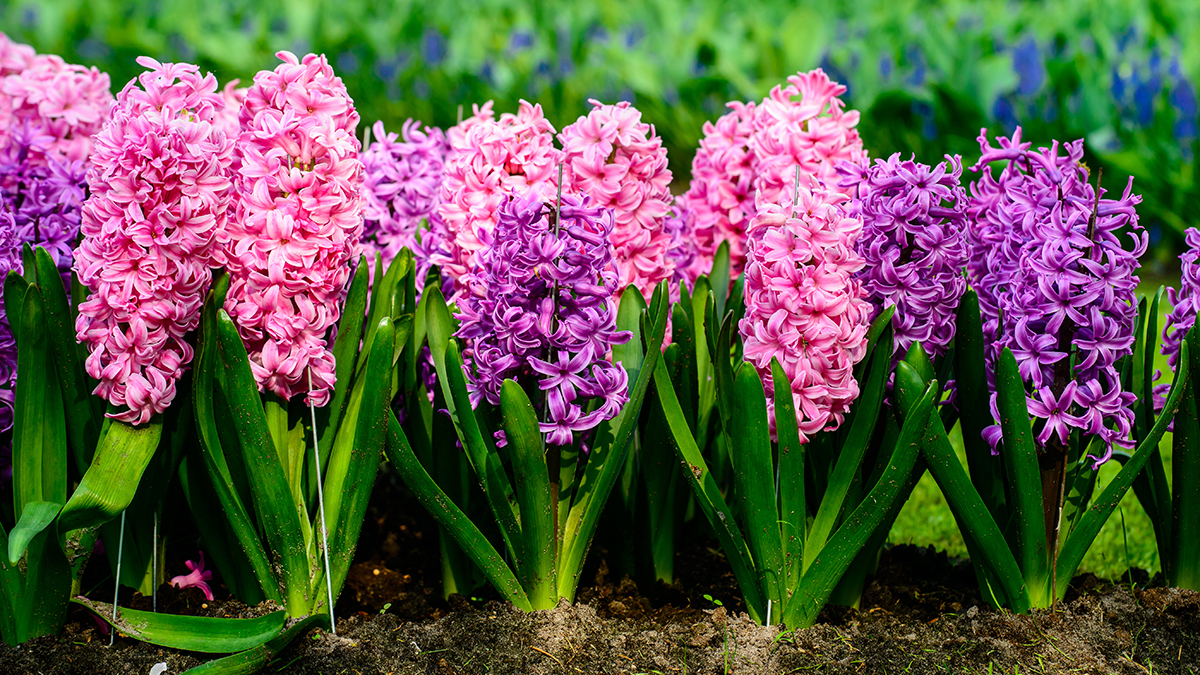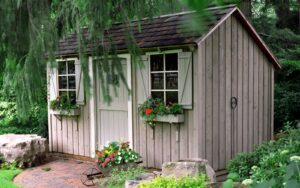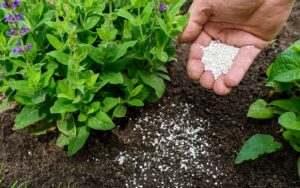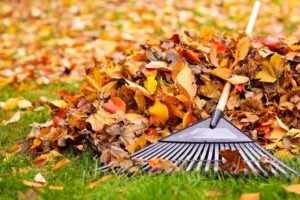10 Stunning Spring Flowers That Bloom Early: Your Complete Guide to First Signs of Spring
After a long winter, nothing signals the arrival of warmer days quite like the first spring blooms pushing through the soil. These resilient early bloomers not only provide much-needed color to your garden but also serve as vital first food sources for pollinators emerging from winter dormancy. If you’re eager to welcome spring as soon as possible, incorporating these early-blooming flowers into your landscape will reward you with vibrant displays weeks before your neighbors’ gardens show signs of life.
In this comprehensive guide, we’ll explore ten stunning spring flowers that bloom early in the season across U.S. hardiness zones, providing you with expert planting advice, care tips, and design inspiration to create your own early spring wonderland.
Why Early Spring Flowers Matter
Early spring bloomers serve multiple important purposes in your garden ecosystem. These flowers often emerge when temperatures are still fluctuating and late frosts remain a possibility, yet they’ve evolved remarkable adaptations to thrive despite challenging conditions.
According to the United States Department of Agriculture (USDA), early-blooming flowers are particularly important for ecological health, as they provide the first nectar sources for bees and other pollinators that emerge in early spring. The USDA Natural Resources Conservation Service notes that “early-blooming native plants support native bee populations, which are essential to agricultural production and natural ecosystem health” (USDA NRCS).
Beyond their ecological value, these flowers offer psychological benefits too. Research from the University of Washington suggests exposure to blooming flowers after winter months can improve mood and energy levels, reducing the effects of seasonal affective disorder that many Americans experience during darker winter months.
Let’s explore the ten most stunning options for your early spring garden, organized by their typical bloom time from late winter to early spring.
1. Snowdrops (Galanthus)
Snowdrops are often the very first flowers to appear, sometimes even pushing through snow as their name suggests. These delicate white blooms on slender stems bring a touch of elegant simplicity to the late winter garden.
Planting and Growing Snowdrops
Snowdrops thrive in partial shade to full sun conditions, preferring soil that remains moist but well-drained. Native to Europe, these bulbs have naturalized successfully throughout much of the United States.
For best results, plant snowdrop bulbs in the fall, about 2-3 inches deep and 3 inches apart. While they can be grown in most regions of the continental U.S., they perform particularly well in USDA hardiness zones 3-7. One of their most admirable qualities is their ability to naturalize and spread over time, creating impressive drifts of white blooms in established gardens.
Unlike many other spring bulbs, snowdrops are best transplanted “in the green” – immediately after flowering while foliage is still present. This technique results in higher success rates than moving dormant bulbs.
Snowdrop Varieties Worth Considering
While the common snowdrop (Galanthus nivalis) is beautiful in its simplicity, collectors have developed a passion for unique varieties:
| Variety | Height | Distinguishing Features | Best USDA Zones |
|---|---|---|---|
| Galanthus nivalis (Common Snowdrop) | 3-6 inches | Single white flowers with green markings | 3-7 |
| Galanthus elwesii (Giant Snowdrop) | 6-9 inches | Larger flowers and broader leaves | 3-8 |
| Galanthus ‘Flore Pleno’ | 4-6 inches | Double flowers resembling tiny roses | 3-7 |
| Galanthus ‘S. Arnott’ | 6-8 inches | Large, honey-scented blooms | 3-8 |
Snowdrops pair beautifully with other early bloomers like winter aconite and early crocuses. Try planting them in drifts beneath deciduous trees or along woodland garden paths where their subtle beauty can be appreciated up close.

2. Winter Aconite (Eranthis hyemalis)
With cheerful yellow cup-shaped flowers surrounded by collar-like green bracts, winter aconite brings sunshine to the garden floor in late winter to very early spring, often blooming alongside snowdrops.
How to Grow Winter Aconite Successfully
Winter aconite grows from tubers that benefit from soaking overnight before planting in fall. They prefer humus-rich soil that stays slightly moist and grow well in USDA zones 3-7. These European natives perform best in deciduous woodland settings where they receive full sun in early spring before trees leaf out, then partial shade afterward.
One challenge with winter aconite is establishing them initially. The tubers can be slow to start, sometimes taking a year to appear. However, once established, they self-seed readily and can form impressive golden carpets over time. Their foliage will die back by late spring as the plants enter dormancy.
Design Ideas for Winter Aconite
The bright yellow blooms of winter aconite create striking combinations when planted with blue early crocuses or white snowdrops. Consider these placement options:
- Under deciduous trees and shrubs where they’ll receive ample spring sunshine
- Along garden pathways where their low-growing blooms can be easily appreciated
- In rock gardens where they’ll create pools of early color
- Naturalized in lawn areas that won’t be mowed until late spring
According to the U.S. Forest Service’s plant database, winter aconite also provides valuable early-season pollen for native bees and honey bees, making it an ecologically sound choice for environmentally conscious gardeners (U.S. Forest Service).
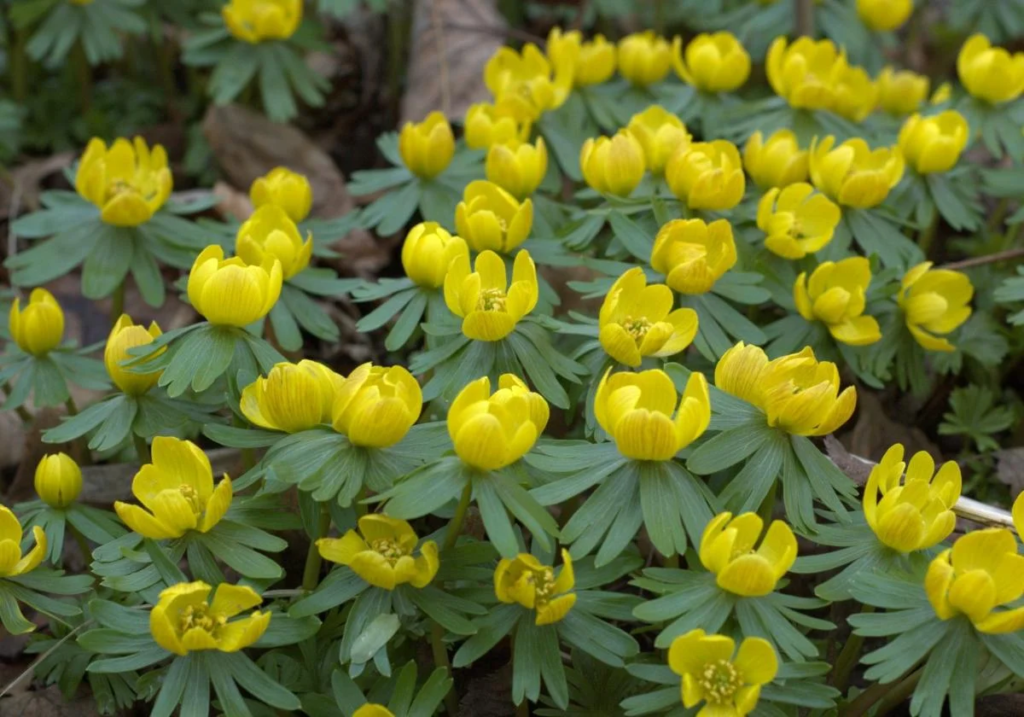
3. Crocuses (Crocus spp.)
Few early spring blooms offer the color range and versatility of crocuses. These cup-shaped flowers emerge from corms to provide vibrant displays in late winter to early spring, with colors spanning purple, lavender, yellow, white, and even striped varieties.
Crocus Growing Guide
Crocuses perform beautifully in USDA zones 3-8 and require minimal care once planted. For best results, plant corms in the fall, placing them 3-4 inches deep and 2-3 inches apart in well-drained soil. They tolerate a range of soil types but will rot in waterlogged conditions.
One of the most appealing aspects of crocuses is their adaptability. They thrive in full sun to partial shade and can be planted in formal garden beds, naturalized in lawns, or used to brighten rock gardens and woodland edges. Unlike many bulbs, crocus foliage is narrow and grass-like, making them excellent candidates for lawn naturalization.
Types of Crocuses for Early Bloom
For the earliest possible flowers, choose species crocuses rather than the larger Dutch hybrids:
| Crocus Type | Bloom Time | Colors Available | Height | Special Notes |
|---|---|---|---|---|
| Snow Crocus (C. chrysanthus) | Very early spring | White, yellow, purple, bicolors | 3-4 inches | Extremely cold hardy, among the first to bloom |
| Cloth of Gold Crocus (C. angustifolius) | Early spring | Golden yellow | 3-5 inches | Exceptionally bright color, naturalizes well |
| Tommies (C. tommasinianus) | Early spring | Lavender, purple, white | 3-4 inches | Animal resistant, spreads readily |
| Dutch Crocus (C. vernus) | Mid-spring | Purple, white, striped, yellow | 5-6 inches | Larger flowers, blooms slightly later |
The Environmental Protection Agency recognizes crocuses and other early-blooming flowers as important indicators of climate change through their Indicators of Climate Change program, as shifting bloom times help scientists track seasonal changes over time (EPA).
Wildlife Value of Crocuses
Crocuses provide critical early-season nectar for bees and other pollinators. Species varieties with open cup shapes are particularly valuable as they allow easier access to pollen and nectar than more complex flower forms. Plant crocus in sunny spots where early spring temperatures will encourage bee activity.

4. Glory of the Snow (Chionodoxa)
With star-shaped blue, pink, or white flowers featuring white centers, Glory of the Snow creates stunning drifts of color in the early spring landscape. These charming bulbs bloom just after crocuses but before daffodils, filling an important transition period in the early spring garden.
Glory of the Snow Planting Guide
Native to mountainous regions of Turkey and Crete, Glory of the Snow has adapted well to North American gardens, particularly in USDA zones 3-8. Plant bulbs in fall, approximately 3 inches deep and 3 inches apart.
These versatile bulbs perform well in both full sun and partial shade locations. They prefer well-drained soil but are relatively adaptable to different soil types. Like many early spring bulbs, they’re excellent candidates for naturalizing, as they’ll multiply over time through both self-seeding and bulb offsets.
After flowering, allow the foliage to die back naturally to ensure energy returns to the bulbs for next year’s display. In ideal conditions, Glory of the Snow will gradually spread to form impressive carpets of color.
Design Applications
Glory of the Snow works beautifully in several garden settings:
- Beneath deciduous trees and shrubs
- Interspersed with later-blooming spring bulbs for successive waves of color
- In rock gardens where drainage is excellent
- Naturalized in lawn areas that can remain unmowed until foliage yellows
For a striking color combination, pair Glory of the Snow with yellow daffodils or contrasting pink Spring Beauties (Claytonia virginica), a native American wildflower that blooms in a similar timeframe.
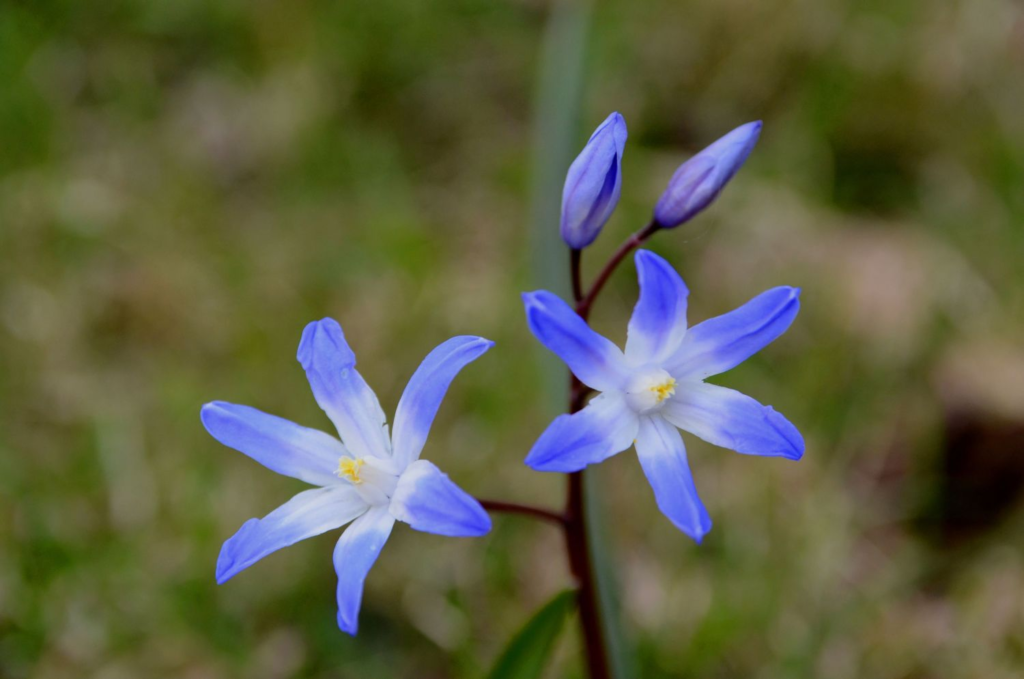
5. Hellebores (Helleborus)
Often called Lenten or Christmas roses, hellebores are exceptional early-blooming perennials with long-lasting flowers that persist for up to two months. Their ability to bloom even during snow and freezing temperatures makes them invaluable in the late winter to early spring garden.
Growing Hellebores Successfully
Unlike bulbs that go dormant, hellebores are evergreen or semi-evergreen perennials that maintain foliage year-round in most climates. They perform best in USDA zones 4-9, depending on the species.
Hellebores prefer rich, well-drained soil with a slightly alkaline pH and thrive in locations with morning sun and afternoon shade. Once established, they’re remarkably drought-tolerant thanks to their deep root systems.
When planting hellebores, position the crown at soil level and space plants 18-24 inches apart to allow room for their eventual spread. While slow to establish, mature plants can reach 18-24 inches tall and wide, forming impressive clumps over time.
Spectacular Hellebore Varieties
The hellebore world has exploded with breeding advances in recent years, offering an incredible array of flower forms and colors:
| Hellebore Type | Flower Color Range | Features | Height | USDA Zones |
|---|---|---|---|---|
| Lenten Rose (H. orientalis hybrids) | White, pink, red, purple, yellow, green, black, bicolors | Single, semi-double or double flowers, often spotted or veined | 12-18″ | 4-9 |
| Christmas Rose (H. niger) | Pure white aging to pink | Earliest blooming species | 8-12″ | 3-8 |
| Stinking Hellebore (H. foetidus) | Green with red edges | Architectural plant with palm-like foliage | 18-24″ | 5-9 |
| Corsican Hellebore (H. argutifolius) | Pale green | Largest flowers and leaves | 24-36″ | 6-9 |
The U.S. National Arboretum in Washington D.C. maintains collections of hellebores and other early-blooming perennials as part of their research into adaptable landscape plants for American gardens (U.S. National Arboretum).
Hellebore Care Tips
Hellebores benefit from a yearly maintenance routine:
- In late winter, just before new flower stems emerge, remove old, damaged leaves to highlight the blooms and reduce disease issues.
- Apply a layer of compost around plants in spring, avoiding the crown to prevent rot.
- Divide plants only when necessary (they prefer to remain undisturbed) – usually every 4-5 years if clumps become overcrowded.
- All parts of hellebores are toxic, making them naturally deer and rabbit resistant.
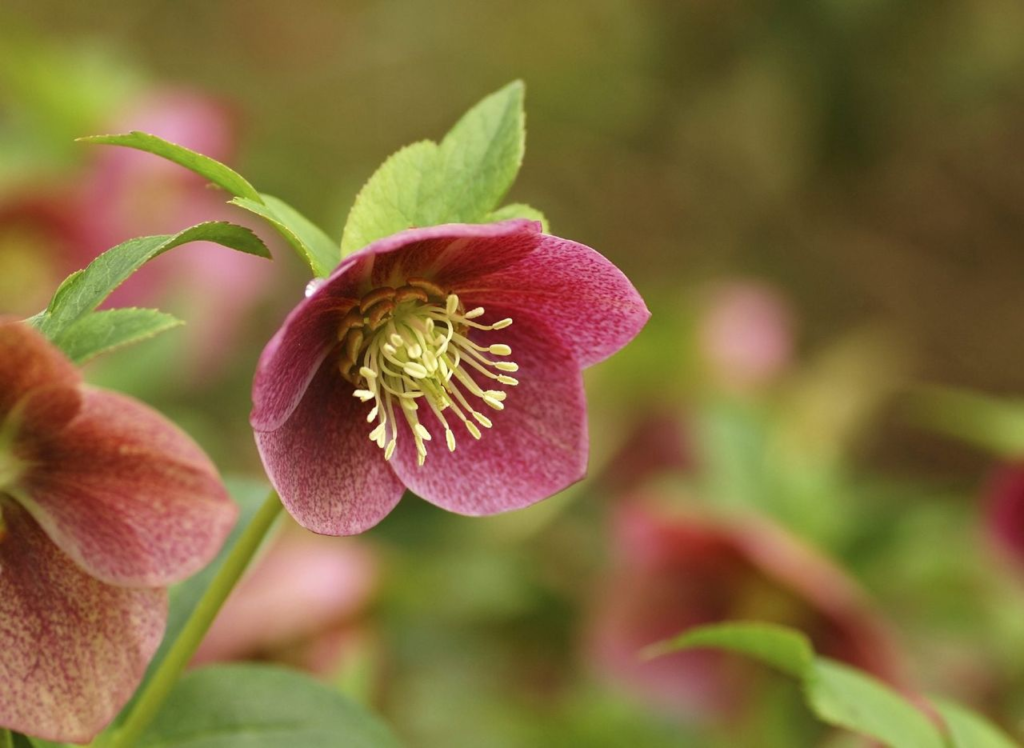
6. Winter Jasmine (Jasminum nudiflorum)
While not a true early spring flower but rather a winter-blooming shrub, Winter Jasmine deserves inclusion for its abundant bright yellow blooms that appear on bare branches from January through March across much of the United States.
Growing Winter Jasmine
Native to China, Winter Jasmine is a versatile, semi-evergreen shrub that performs well in USDA zones 6-10. Unlike many jasmines, it lacks fragrance but compensates with its exceptionally early flowering period.
This shrub features an arching, sprawling growth habit that works beautifully cascading over retaining walls or slopes. It can grow 4-7 feet tall with an equal spread but can be kept smaller through pruning.
Winter Jasmine adapts to a wide range of soil conditions but performs best in well-drained soil with regular moisture. It flowers most prolifically in full sun but tolerates partial shade with somewhat reduced bloom.
Landscape Uses for Winter Jasmine
Consider these applications for Winter Jasmine in your garden:
- Train it against a wall or fence using a trellis or support system
- Allow it to cascade over retaining walls or steep banks for erosion control
- Use as an informal hedge (though it will require pruning to maintain density)
- Plant near deciduous trees where it will receive winter sun but summer shade
Immediately after flowering is the best time to prune Winter Jasmine. Cut back overlong stems and thin crowded areas to maintain shape and encourage vigorous new growth that will produce next year’s flowers.
The National Park Service includes Winter Jasmine among recommended plants for stabilizing slopes in urban settings, noting its extensive root system and adaptability to challenging conditions (National Park Service).
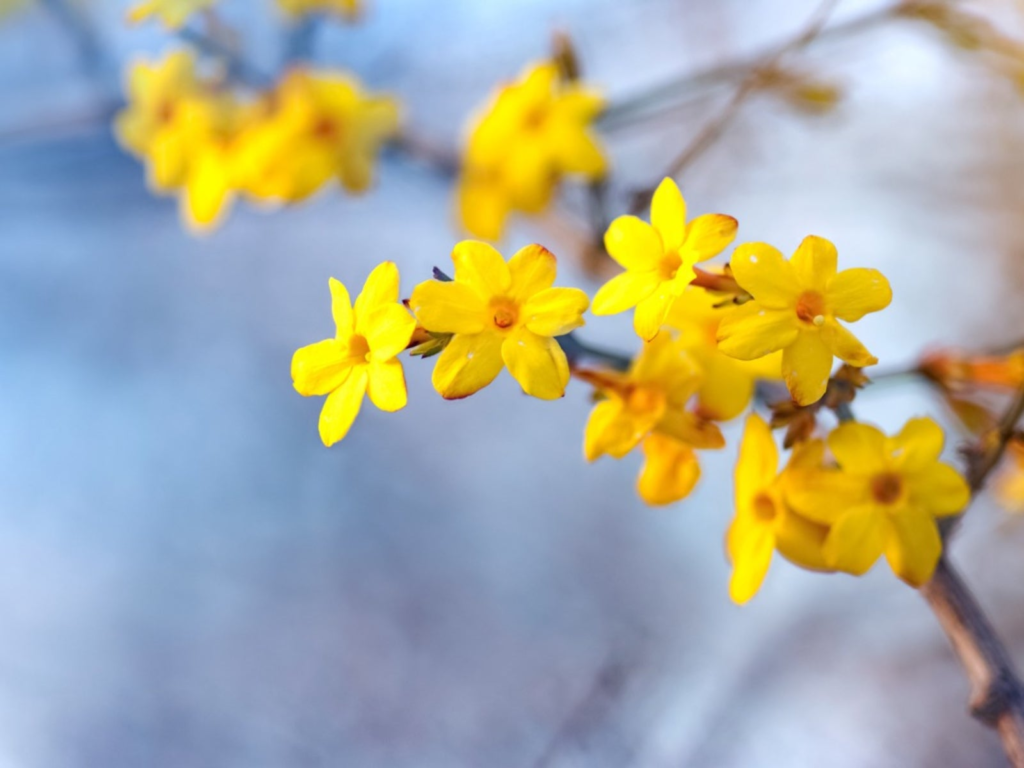
7. Witch Hazel (Hamamelis)
Witch Hazel varieties offer some of the earliest woody plant blooms in the American landscape, with certain cultivars flowering from January through March. Their distinctive spidery flowers with strap-like petals appear on bare branches, creating a magical effect in the winter garden.
Witch Hazel Varieties for Early Bloom
Three main species of Witch Hazel are commonly grown in American gardens:
| Species | Bloom Time | Flower Color | Fragrance | Fall Foliage | Height |
|---|---|---|---|---|---|
| Common Witch Hazel (H. virginiana) | Late fall | Pale yellow | Mild | Golden yellow | 15-20′ |
| Vernal Witch Hazel (H. vernalis) | Mid-winter to early spring | Yellow to orange-red | Strong | Yellow-orange | 6-10′ |
| Chinese Witch Hazel (H. mollis) | Late winter | Bright yellow | Strong, sweet | Yellow | 10-15′ |
| Japanese Witch Hazel (H. japonica) | Late winter | Yellow to reddish | Moderate | Orange-red | 10-15′ |
| Hybrid Witch Hazel (H. x intermedia) | Late winter | Yellow, orange, red | Variable | Outstanding orange-red | 10-20′ |
The U.S. Forest Service highlights American Witch Hazel (H. virginiana) as an important native species that provides both ecological and medicinal value in North American landscapes (U.S. Forest Service).
Growing Witch Hazels Successfully
Witch Hazels perform best in USDA zones 3-8, depending on the species. They prefer acidic, rich, moist but well-drained soil and grow well in full sun to partial shade. In hotter climates, afternoon shade protects them from stress.
These deciduous shrubs or small trees require minimal pruning – simply remove dead or crossing branches after flowering. If shape control is needed, prune immediately after flowering to avoid removing next year’s flower buds.
While not immediate show-stoppers, Witch Hazels gain character and beauty with age, eventually forming vase-shaped small trees with outstanding multi-season interest. Their fall foliage is particularly spectacular, with most species turning brilliant gold to orange-red.

8. Winter Heath (Erica carnea)
Winter Heath provides masses of tiny urn-shaped flowers in shades of pink, white, or purple from December through March, depending on your climate. This low-growing evergreen shrub creates a carpet of color when little else is blooming.
Growing Winter Heath
Native to mountainous regions of central and southern Europe, Winter Heath performs best in USDA zones 5-7. Unlike many heaths and heathers that require acidic soil, Winter Heath tolerates a wider soil pH range, including slightly alkaline conditions.
For best results, plant Winter Heath in full sun to light shade in well-drained soil amended with organic matter. Once established, these plants are relatively drought-tolerant and require minimal maintenance.
Space plants 12-18 inches apart when creating a mass planting, as they’ll grow to form a continuous carpet approximately 6-10 inches tall with a spreading habit of 1-2 feet.
Design Applications for Winter Heath
Consider these uses for Winter Heath in your landscape:
- Mass plantings in front of evergreen shrubs for winter contrast
- Rock garden specimens where good drainage is assured
- Container plantings combined with early spring bulbs
- Ground cover on slopes or banks
After flowering, a light shearing will keep plants compact and neat. This is best done in spring once the risk of severe frost has passed but before new growth begins in earnest.
The U.S. National Phenology Network includes Winter Heath in its monitoring program that tracks bloom times across the country to help understand shifting climate patterns (USA National Phenology Network).
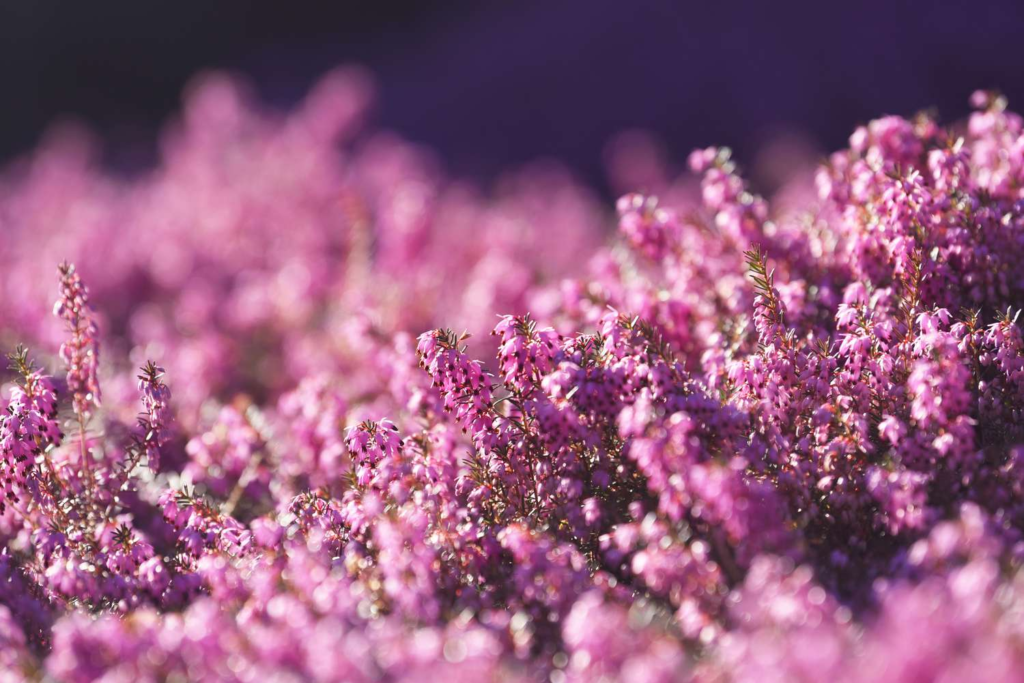
9. Reticulated Iris (Iris reticulata)
These diminutive iris relatives bring jewel-toned blooms to the garden in very early spring, often appearing alongside crocuses. Standing just 4-6 inches tall, they feature intricate patterning on their falls (lower petals), resembling delicate butterfly wings.
Growing Reticulated Iris
Native to Russia, the Caucasus, and Turkey, these bulbous irises perform well in USDA zones 5-9. Plant bulbs in fall, approximately 3-4 inches deep and 3 inches apart in very well-drained soil. Excellent drainage is crucial for their survival, particularly during their summer dormancy.
Reticulated Iris bloom best in full sun but tolerate partial shade. They’re ideal for rock gardens, the front of borders, or naturalized in areas where the grass is not mowed until their foliage yellows.
Like most bulbs, allow the foliage to die back naturally to ensure energy returns to the bulbs. In ideal conditions with sharp drainage, Reticulated Iris will gradually multiply to form larger clumps.
Outstanding Reticulated Iris Varieties
| Variety | Flower Color | Special Features | Height | Fragrance |
|---|---|---|---|---|
| ‘Harmony’ | Rich blue-purple | Very early bloomer | 4-6″ | Light, sweet |
| ‘Katherine Hodgkin’ | Pale blue with yellow and dark blue markings | Unique coloration | 4-6″ | Mild |
| ‘Painted Lady’ | White with blue and yellow markings | Striking contrast | 4-6″ | Light |
| ‘George’ | Deep purple-blue | Award-winning vigor | 5-6″ | Fragrant |
| ‘Alida’ | Sky blue | Later blooming | 4-6″ | Sweet |
The U.S. Botanic Garden in Washington D.C. features early-blooming bulbs like Reticulated Iris in their seasonal displays and offers educational resources on incorporating these diminutive gems into home landscapes (U.S. Botanic Garden).
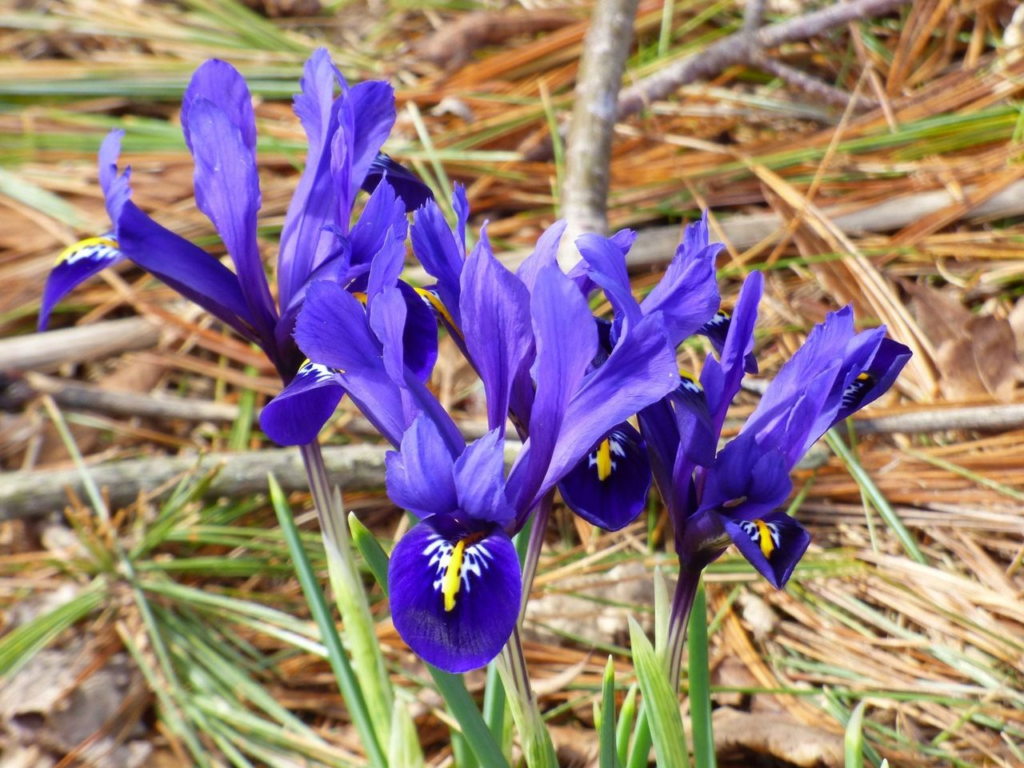
10. Early Daffodils (Narcissus)
No early spring garden would be complete without daffodils, and by selecting early varieties, you can enjoy their cheerful blooms weeks before the main daffodil season begins. These resilient bulbs naturalize beautifully in most American landscapes.
Early Daffodil Varieties
While standard daffodils typically bloom in mid-spring, these early performers will brighten your garden much sooner:
| Variety | Division | Flower Form | Color | Height | Special Features |
|---|---|---|---|---|---|
| ‘February Gold’ | Cyclamineus | Single, reflexed petals | Golden yellow | 10-12″ | Very early, long-lasting |
| ‘Tête-à-tête’ | Cyclamineus | Multiple small blooms per stem | Yellow | 6-8″ | America’s best-selling daffodil |
| ‘Rijnveld’s Early Sensation’ | Trumpet | Classic trumpet daffodil | Bright yellow | 12-14″ | Can bloom in January in mild climates |
| ‘Little Gem’ | Miniature Trumpet | Miniature classic form | Yellow | 6″ | Perfect for rock gardens |
| ‘Jetfire’ | Cyclamineus | Reflexed petals | Orange cup, yellow petals | 8-10″ | Vibrant color combination |
The American Daffodil Society maintains an extensive database of daffodil varieties, including those that perform well in different U.S. climate zones (American Daffodil Society).
Growing Early Daffodils
Daffodils are among the easiest bulbs to grow and naturalize in USDA zones 3-9, depending on the variety. Plant bulbs in fall, approximately 6 inches deep and 6 inches apart in well-drained soil. They perform best in full sun to light shade.
One of the greatest advantages of daffodils is their toxicity to rodents and deer, making them a reliable choice even in gardens plagued by these pests. They’re also exceptionally long-lived, with established plantings often blooming for decades with minimal care.
For a natural look, plant daffodils in drifts or scattered groupings rather than formal rows. Combine early, mid, and late-season varieties to extend the blooming period from late winter through mid-spring.
The USDA Plant Hardiness Zone Map is an invaluable tool for determining which daffodil varieties will perform best in your specific region (USDA Plant Hardiness Zone Map).
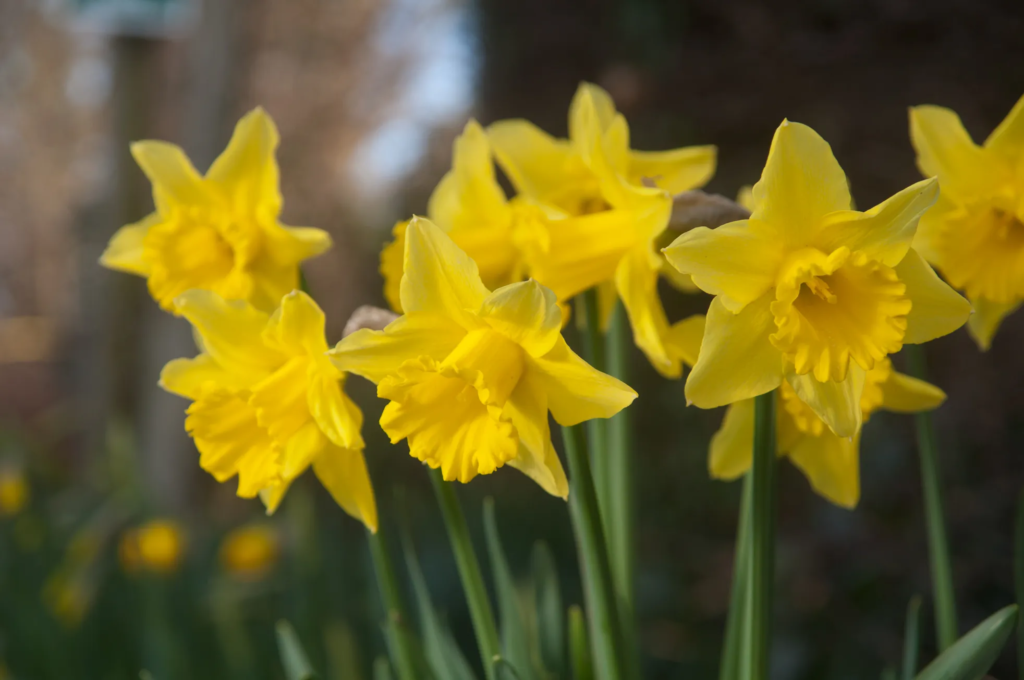
Creating Your Early Spring Garden Plan
Now that we’ve explored ten stunning early bloomers, let’s discuss how to combine them effectively for maximum impact in your landscape.
Layering for Continuous Bloom
One effective strategy is known as “layering” or “lasagna planting,” where bulbs are planted at different depths according to their size. In a single area, you might plant:
- Snowdrops and crocus at 3-4 inches deep
- Reticulated iris at 4-5 inches deep
- Early daffodils at 6 inches deep
This technique maximizes space while creating successive waves of bloom in the same area.
Strategic Placement for Visual Impact
Consider these placement strategies for early bloomers:
- Plant early bulbs along pathways and near entrances where you’ll see them frequently
- Place fragrant varieties like witch hazel near windows or doors where their scent can be appreciated
- Use south-facing slopes for the earliest possible bloom
- Plant smaller bulbs in masses of at least 25-50 for significant visual impact
- Incorporate early-flowering shrubs as anchors in the landscape with bulbs at their feet
Maintenance Tips for Early Spring Bloomers
Most early spring bloomers share similar maintenance requirements:
- Allow foliage to yellow and die back naturally to ensure energy returns to bulbs or roots
- Apply a thin layer of compost annually to provide gentle fertilization
- Divide overcrowded clumps of perennials like hellebores every few years
- Mark the location of dormant bulbs to avoid accidental digging in summer
- Protect from late heavy snow by gently brushing accumulation from flowering plants
The National Gardening Association provides extensive resources on seasonal garden care tailored to different regions of the United States (National Gardening Association).
Climate Considerations for Early Bloomers
Climate change is affecting bloom times across the United States, with many regions experiencing earlier springs than historical averages. The USA National Phenology Network tracks these changes through their “Spring Leaf Out” and “Spring Bloom” indices, which have shown springs arriving up to three weeks earlier than historical averages in some regions (USA National Phenology Network).
This shift presents both challenges and opportunities for gardeners interested in early-blooming species:
- In warmer regions, very early bloomers like snowdrops may not receive sufficient chilling hours to perform well
- In regions with increasingly unpredictable late frosts, protection strategies become more important
- Extended fall seasons may delay planting times for spring-blooming bulbs
- Some marginally hardy species may become viable options in traditionally colder regions
The Environmental Protection Agency maintains a Climate Change Indicators database that includes shifting bloom times as a key indicator of climate impacts (EPA Climate Change Indicators).
Conclusion: Embracing Spring’s Early Arrival
By incorporating these ten stunning early bloomers into your landscape, you’ll create a garden that celebrates spring’s arrival weeks before the main season begins. From the delicate nodding heads of snowdrops pushing through late snow to the bright trumpet daffodils heralding spring’s full arrival, these plants bring joy during the transition between winter and spring.
Remember that even the smallest urban space can accommodate early bloomers – a container of miniature daffodils, a window box of crocuses, or a single witch hazel can provide the same psychological lift as an extensive garden. The key is selecting varieties suited to your specific growing conditions and providing the basic care they need to return year after year.
As you plan your early spring garden, consider not just the beauty these plants bring to your landscape but also their ecological value to emerging pollinators and their historical significance in garden traditions across centuries. By nurturing these harbingers of spring, you connect yourself to both natural cycles and horticultural heritage in a deeply satisfying way.
For further information on early spring bloomers suited to your specific region, consult your local Cooperative Extension Service through the USDA National Institute of Food and Agriculture (USDA NIFA).
